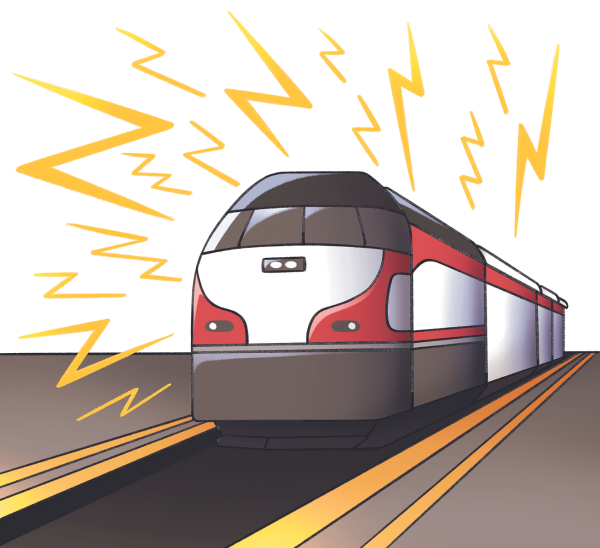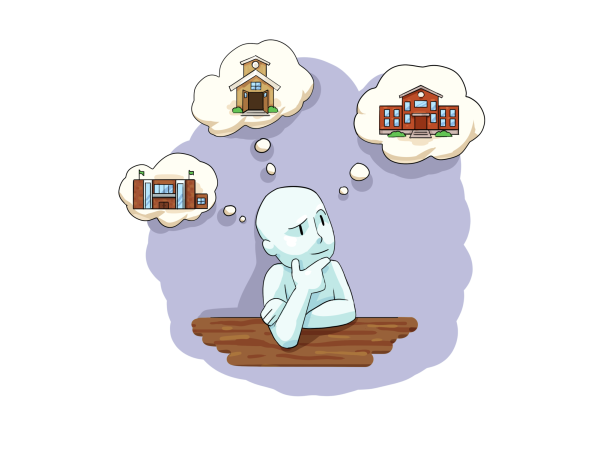Green building rules implemented
Palo Alto housing guidelines include solar panel compatibility
Palo Alto City Council’s new building ordinances to require all new homes to dedicate roof space for solar panels and install greywater ready irrigation systems, adding on to existing green building codes.
New homes must dedicate 500 square feet of roof towards future solar panel installation, with conduits for wiring.
Furthermore, new construction must have three-way diverter valves installed in the drainline of laundry machines to allow for potential greywater irrigation. The city development services department believes that these ordinances will allow Palo Alto to lead in green initiatives.
“Palo Alto has a history of leadership in the area of sustainability, energy efficiency, and green building,” Melanie Jacobson, Palo Alto green building consultant said. “Over the past three code cycles, Palo Alto has developed a green building code that is more aggressive than the State of California requirements. These ordinances continue this leadership position.”
However, exceptions may be made for houses with protected trees, in sync with the existing Solar Shade Act of 2009 and the Palo Alto Tree Ordinance. Furthermore, there is an infeasibility clause within the measure which allows for alternative solutions when compliance with the codes is not feasible or cost effective.
As a result of the new reach code, the city expects for single family homes to have 20 percent greenhouse gas savings. Palo Alto’s electricity has been carbon neutral since 2013, or has no greenhouse gasses associated with its production, so this statistic only applies to savings as a result of natural gas usage.
These new ordinances belong to a larger effort to amend the building codes, and include an energy reach code which exceeds the state’s energy savings requirements by 15 percent for new residential and commercial projects.
The history of the city’s green building and energy ordinances dates back to 2008, when the city council approved optional codes. Since then, the city has approved numerous energy reach codes and has ensured more rigorous enforcement.
However, with this code cycle, the city development center has shifted its focus to sun and water measures. In the future, the city plans to adopt a zero net energy building code through solar power and cost effective energy sources. The development center is pursuing mandates to require electrification to allow for houses to switch from gas to electricity, and mandates to eliminate lawns.
Your donation will support the student journalists of Palo Alto High School's newspaper












